-
 Ever Wondered How to Make Paneer at Home? Here is the Complete Guide to Take Out Soft and Creamy Paneer from Milk at Home (2021)
Ever Wondered How to Make Paneer at Home? Here is the Complete Guide to Take Out Soft and Creamy Paneer from Milk at Home (2021)
-
 Want More Tantalizing Breakfast Ideas? Here are 6 Scrumptious Egg Recipes for Breakfast That Will Make You Want to Eat Eggs All Day (2020)
Want More Tantalizing Breakfast Ideas? Here are 6 Scrumptious Egg Recipes for Breakfast That Will Make You Want to Eat Eggs All Day (2020)
-
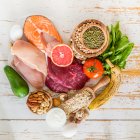 How to Increase Weight: Foods to Include in Your Diet for Your Weight Gain Journey + Tips for Gaining Weight (2020)
How to Increase Weight: Foods to Include in Your Diet for Your Weight Gain Journey + Tips for Gaining Weight (2020)
Important Things to Know About Freezer Meals
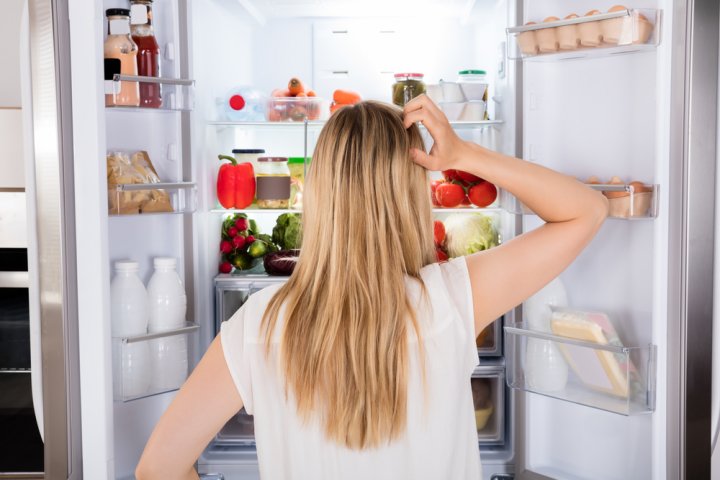
Freezer meals have various definitions and ways in which each person understands them. However, freezer meals generally refer to those meals whose ingredients had been prepared before the actual consumption and stored in the freezer or fridge to be consumed later. Freezer cooking is mostly done in bulk to make cooking easier. However, here is a list of some of the things you need to know about freezer meals:
1. Not All Meals Can Be Freezer Meals
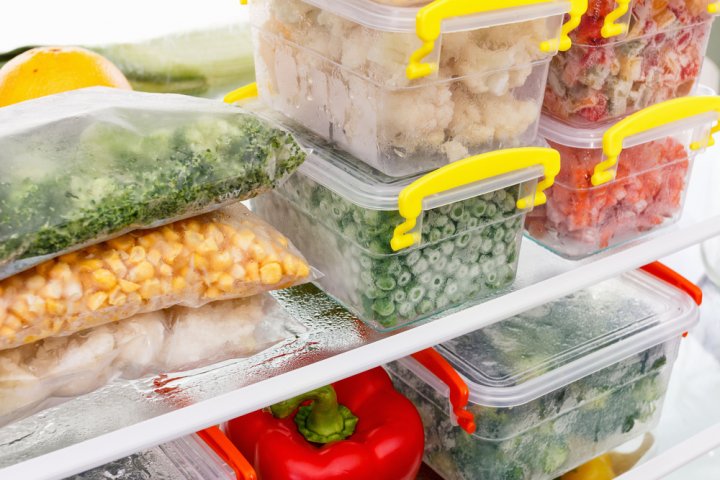
Nowadays, most people are concerned about the safety of food, hence, the need to avoid using chemical preservatives. This makes a freezer the best option to preserve food. However, not all meals can be freezer meals since being frozen and thawed changes the quality or the texture of these meals. Also, meals that are on the verge of spoiling, should not be stored since the freezer does not remove/kill bacteria. Dishes with crumb toppings lose their crispness and get soggy, milk gets lumps upon thawing, sour cream separates after freezing, although it can still be cooked and the deep-fried foods lose their crispy coating after defrosting and turn into mush. Watery vegetables such as lettuce, cucumbers and celery should never be frozen since they become soggy when thawed. Unless the fruits are intended to be used in preparing sauces and smoothies, one should avoid storing them in the freezer.
2. Avoid Wastage

Food wastage is something nobody likes, however, sometimes it is inevitable and still happens in one way or the other. The following are ways in which wastage can be minimized, avoided and prevented:
- Keep perishable food on the outermost “eye level” of the freezer: Leftover food and fruits that are more likely to get spoilt quickly, need to be placed on a shelf here so that they are less likely to be forgotten and are consumed as soon as possible.
- List food to be consumed first in the freezer: The list helps you to avoid wastage through overbuying. This also acts as a reminder of the food that should be consumed first, thus preventing wastage.
- Proper food storage: Herbs spoil quickly, hence, there is a need to store them in an airtight plastic bag with little water.
3. Freezer Burn
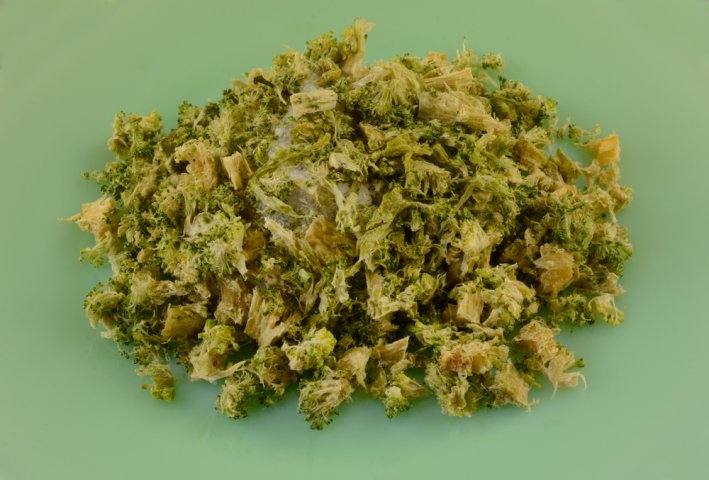
Freezer burn is a downside of freezing food. It is a condition in which the food is exposed to excessive air during freezing. To prevent your food from getting freezer burn, one needs to take preventive measures since the condition leaves the food severely dried and with a distinct metallic taste. The flavour and the colour of the food are lost. To prevent food burn, the best way is to minimize the exposure of the food to air. Follow these tips to minimize air exposure when storing food:
- Use high quality containers to store food: Food bags can also be used and filled with food to minimise exposure to air.
- Food should be frozen at the right time: You should be careful not to pack food for freezing when it is still hot since it would burn the freezer bag exposing the food to air.
- Use of extra wrapping: Foods getting frozen for a long time should be wrapped using an extra wrapping.
4. Diet Freezer Meals

Preparing freezer meals and working with them is really convenient in many different ways. However, if you are not careful when preparing large servings meals, it can lead to the consumption of meals with a lower nutritional value. It is, therefore, necessary that you take into account the right portions and sizes that you would require in the future. Since a variety of food is available, it is advisable that you pick meals that are balanced, to avoid under-consumption or over-consumption of some food items. You can assess your meal choices by looking at the facts label when shopping for the food so as to make nutritious choices and to keep the intake of calories in check.
5. What Dishes to Use
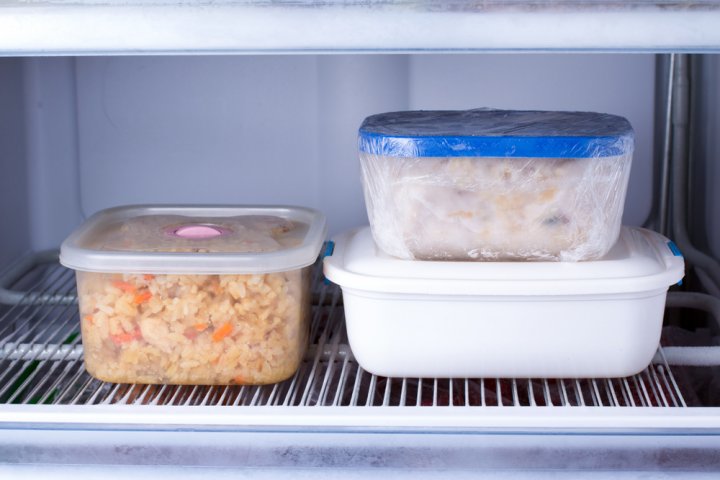
The containers and/or packaging used to store food in the freezer depends on how you want to reheat the food, how the food will be used, and the available space in the freezer. Usually, glass and plastic containers with lids are used. Containers of different sizes are used depending on the number of servings you intend to store, for instance, if you intend to store food enough for five people, a larger bowl/container is ideal. Lidded plastic boxes are ideal for storing food to be used as a gift, carrying it to work or food for short term consumption. Aluminum kitchen pans with lids are more ideal for storing food which tends to get sticky when cold since they are easily washable and can be gifted to friends as well. Glass mason jars with plastic lids also keep the food in good condition for a long time and are stainless.
Examples of Freezer Meals
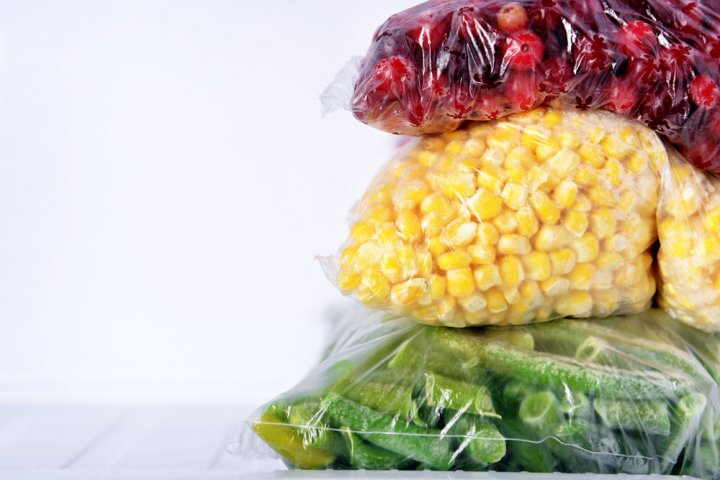
For beginners, it might be difficult to identify the specific type of foods to prepare as freezer meals. However, no need to be worried on what freezer meal to start with, here is a list of some examples of meals that can be prepared. The description also gives a brief outline of what is required for these freezer meals to be prepared:
1. Mashed Vegetables
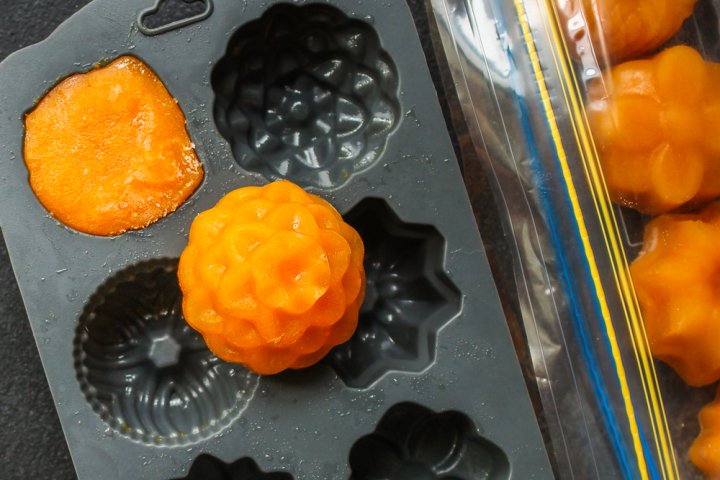
Vegetables can be cooked, mashed and frozen to be consumed later, any vegetables can be pureed but the most common and best vegetables for freezing are carrots, beets, tomato sauces, cauliflower, any kind of squash, sweet potatoes, yams and potatoes. You ought to prepare these vegetables in the right amounts depending on the size of the servings you need to preserve them in. Vegetables of your choosing are washed, cooked, blended or pureed. After preparing, put 1 cup of the pureed vegetables in a zip-top bag or container and be sure to expel all the air out of the bag and ensure that your container is airtight for safe storage. Pureed veggies can also be frozen using cube trays. You need to place the puree into the cube trays and freeze to get puree cubes which you pop out of the tray and stored in a larger airtight freezer bag.
2. Meat

Most people find themselves throwing away chunks of meat or chicken because of not being sure of how long the freezer can keep the meat fresh. The truth is, a freezer can keep the meat frozen and in good quality for a long time. However, different types of meat have a different duration for which they stay in good condition. It is advisable to mark the date of storing the meat on the freezer bag to avoid unnecessary concern over how long the meat has been in the freezer. Without reducing the quality, some meat can stay for as long as one year in the freezer! It is, therefore, necessary for you to note the following freezer timelines:
- Uncooked roasts - 4 months
- Uncooked whole poultry - 12 months
- Cooked meat - 2 to 3 months
- Uncooked chops or steak - 4 to 12 months
- Cooked poultry - 4 months
- Uncooked ground meat - 3 to 4 months
3. Sauces
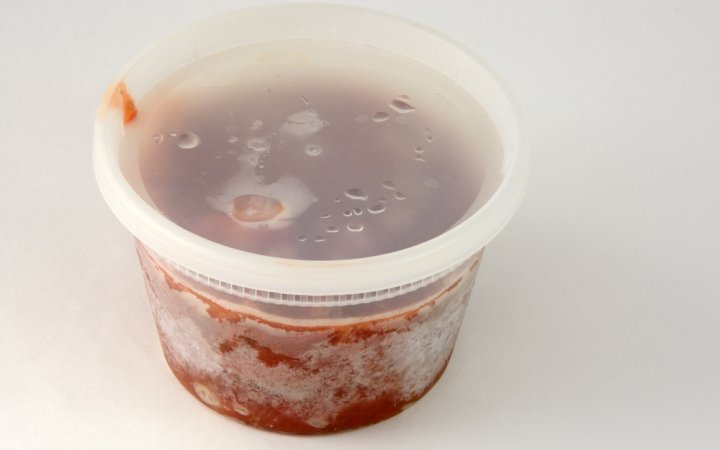
Sauces are semi-solid foods used in preparing other foods and served on other foods. Normally, sauces are not served alone but alongside other foods. To the sauce, a meal is to add moisture, enhance the appearance and to add flavour to the meal. You can always buy your favourite sauce but it is much better if you can make lots of that sauce you cherish at home and freeze it to sweeten your busier days when you cannot manage to prepare some. There are a variety of sauces that you can prepare depending on your preferences as well as the meal you need to prepare. You need to be a little prudent about freezing your sauce by cooling the sauce completely before freezing, packaging it in single servings or in glass packages with sufficient head-space for expansion, freezing with the lids off until the sauce is fully frozen. You may have to whisk your thawed products to recombine them before serving.
4. Milk Puddings
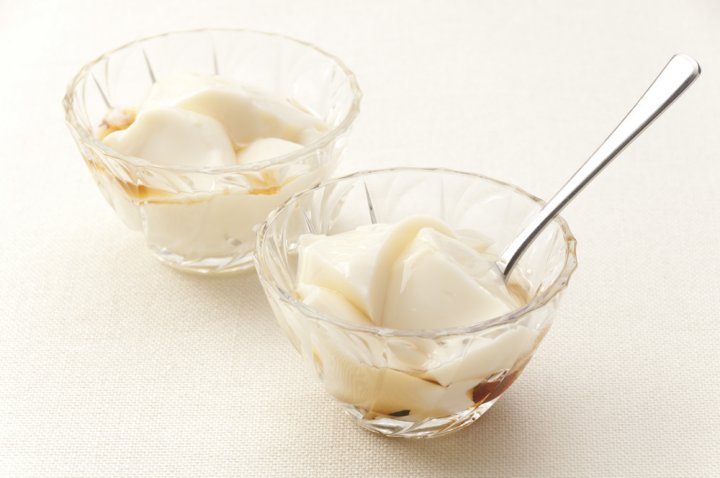
These are mainly desserts cooked simply from some starchy ingredients and sweetened milk. There are different recipes and ways to preserve milk puddings. Milk products, however, tend to separate after staying in the freezer for some time, although, shaking the milk/mixture sorts everything out. Bananas can be pureed and mixed with milk to make a pudding that is stored in the freezer and used at a later date. Milk pudding can also be placed in the freezer to make milk popsicles. Usually, milk spoils for being preserved in the door compartment of the freezer, which experiences variations in temperature.
5. Chapatis

Chapatis are made simply with water, wheat flour, and a little bit of seasoning. This delicacy is common in India as a traditional meal. Most people are not aware that chapatis can be preserved instead of throwing away the left-overs since they develop fungus after 24 hours. Freezing chapatis lengthens their shelve life to more than a week and up to one year. The trick to preserving chapatis and keeping them fresh is to make soft chapatis. For freezing, only very soft chapatis are required. To achieve this, wheat flour is kneaded for 15 minutes using warm milk instead of water and covered in a wet cloth for 30 minutes before making chapati rolls. To freeze your chapatis, place them in a polythene bag, Ziploc bag, freezer bag or wrap them in an aluminum foil to prevent them from absorbing water. Rolled chapati dough can also be kept in the freezer and taken out and defrosted to make chapatis on another day.
6. Pasta
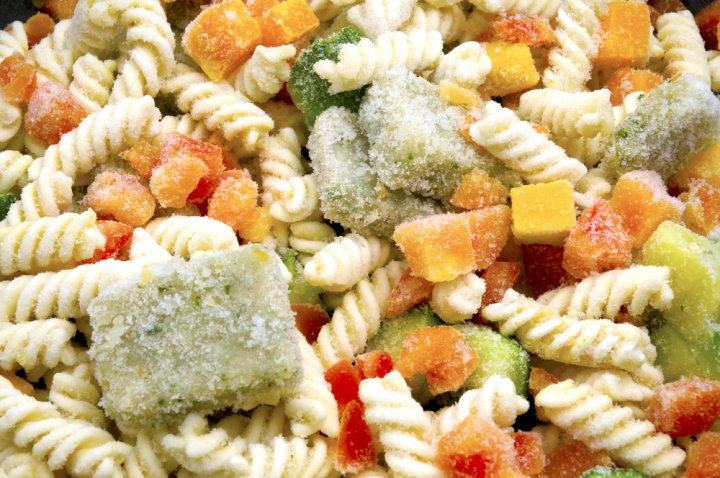
You can cook pasta and freeze it for later consumption. To achieve the optimum result, it is best if you freeze the sauce and the pasta separately since the two thaws differently for reheating. Cooked pasta can be packaged in airtight containers and stored for up to 5 days. The pasta is dropped into boiling water for a few seconds to reheat and then drained. To freeze the pasta for a longer period, you need to cool the pasta slightly and to prevent it from sticking together, sprinkle cooking or olive oil on it before spooning it into freezer bags or airtight containers. This will last for up to 2 weeks. For you to defrost the pasta from the freezer, run cool water over it in the sink and toss the pasta right into simmering sauce to heat. Reheating and thawing depends on how much pasta one is using.
7. Fruits

All kinds of fruits can be frozen! However, you need to wash them properly with running water, dry them and divide them into smaller portions prior to freezing them. Fruits can stay fresh frozen for up to a year. This is amazing since some fruits are seasonal, this makes it possible for you to have your favourite fruit even during the off-season. You can freeze berries of all kinds, oranges, bananas, apples, cherries, peaches amongst others and without worrying about changes in the texture since the fruits can otherwise be blended into smoothies. To avoid getting fruits stuck together into chunks, flash freezing comes in handy. Fruits are preserved in smaller servings that do not need to be refrozen after thawing. Fruits like bananas can be peeled before the skin turns brown, placed in freezer bags and placed in the freezer since they get oxidized when exposed to air.
8. Soup
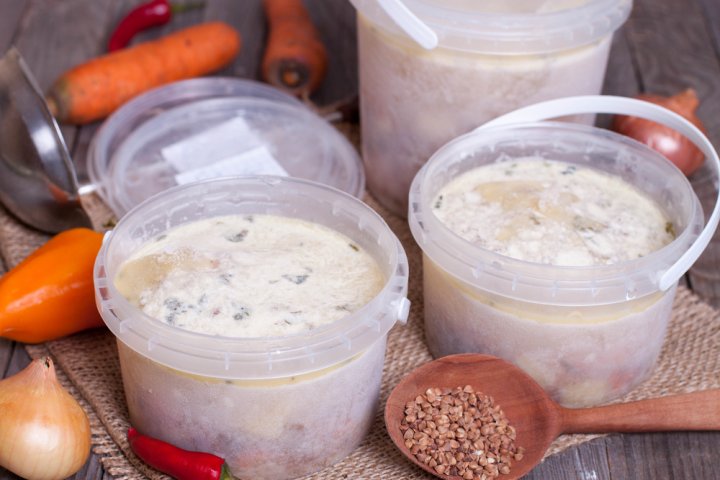
Soups are made by boiling bones or carcasses of any flesh together with herbs to make them delicious. Soup freezes well making it the best food to freeze. For you to get the best results, it is necessary to preserve your soups correctly. There are different kinds of soups depending on the ingredients used. The best soups to freeze are rice soups, beans and lentil soups, broth-based soups, meaty soups and pureed soups. Some soups do not do so well, hence, should be avoided. Soups with lots of potatoes and dairy don’t do so well as these elements change in texture and separate when thawed. If you freeze seafood soups you get an off-flavour while soups with eggs get watery and thin when reheated. To freeze a soup, you need to cool it down, divide it into portions, separate the grains and pasta, label it and put it in freezer bags or containers.
9. Bread
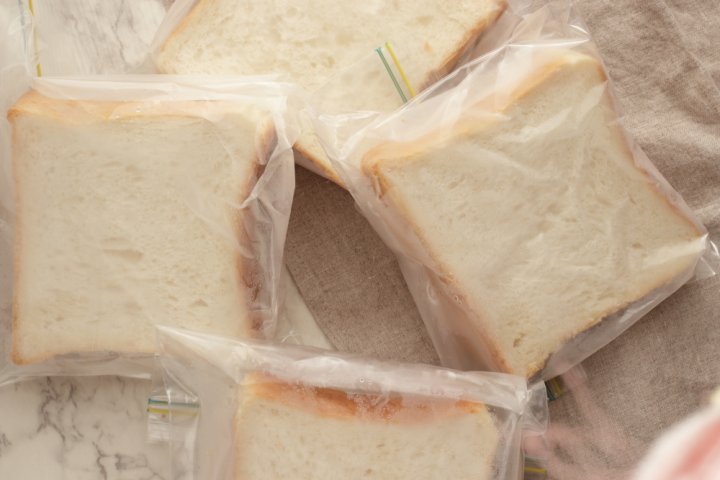
What makes bread a freezer meal is a fact that there is a freezing procedure in their preparation. For example, some bread involves the preparation of the dough, then freezing it to be baked later in the week or even after a month. Freezer bread can also be prepared through first baking the bread into the desired slices, cooling the slices then wrapping them in plastic bags. These slices can be stored for even a month.
Benefits of Freezer Meals

There are various benefits that are associated with the consumption of freezer meals. This is not only based on the health aspect but other issues as well. The following are some of the proven benefits of using freezer foods in your kitchen:
1. Time Saving

Although freezer meals take a lot of time to prepare, this upfront work is worth the effort. Once the preparation is done, your freezer gets stocked with healthy food and life becomes much easier. You get more time for other daily routines since you will need very little time to fix a healthy meal from your frozen food. In case you get home too tired to cook, you can get into the freezer and prepare a nice home-made meal quickly, instead of having to spend more time going out to eat. Stocking foods required for a longer period, for example, a whole month, saves you the time you would have spent going to the grocery store daily to fetch food. With the bulk of the work having been done earlier, freezer meals are an incredible way to save time and get by during busy days without compromising on your healthy diet.
2. It's Diverse
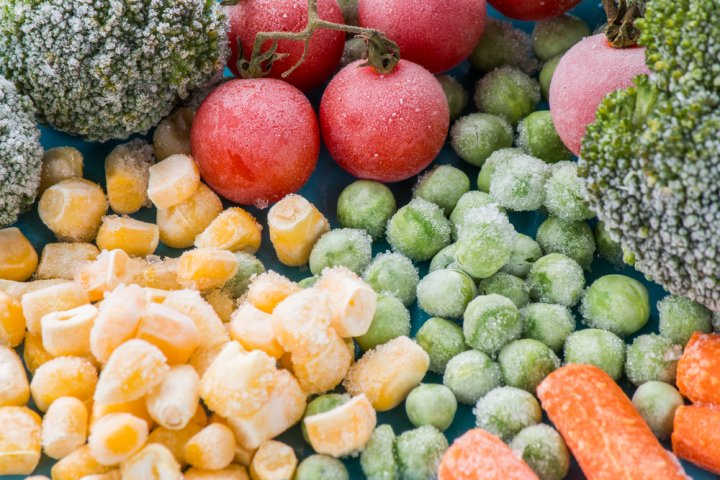
Frozen foods provide you with a diverse menu to choose from. The wide variety of food comes in different recipes. Freezing food is done in different manners and you get to preserve your food in the way that you please. Storing of freezer meals comes with a variety of methods and ways to do it. Again, the diversity of how these meals can be stored provides you with a chance to choose the best containers to store your food depending on your demands and the size of your family. All types of foods from fruits, meats, soups, sauces, and fries can be frozen making it possible for you to have meals that are balanced, all the time. Diversity provides you with a variety to choose from and a chance to enjoy the same ingredients prepared differently. Seasonally available foods are also available as frozen meals, which means that you can have your delicacies in the off-season as well as in the peak season.
3. They are Convenient
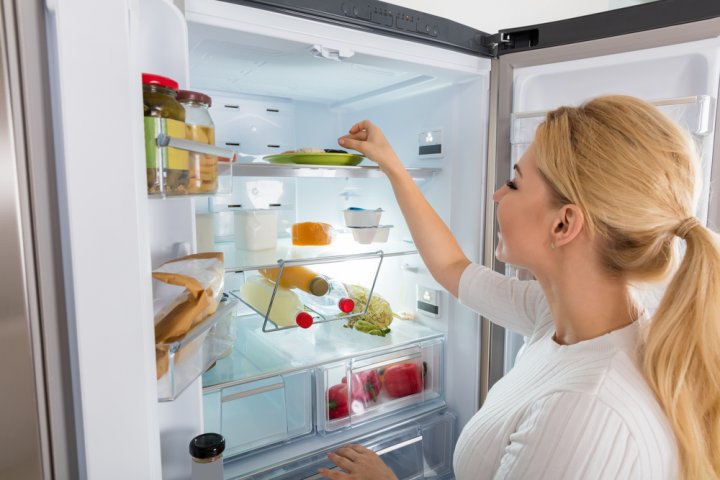
Frozen meals are not only convenient with time-saving but are an affordable way to prepare meals for people with limited kitchen utensils and space, not forgetting the health benefits that come along with the fact that frozen foods can be prepared in a way that incorporates all groups of food necessary to maintain a healthy diet. The availability of frozen fruits, grains, proteins, vegetables and dairy products in one's freezer ensures that a balanced and nutritious diet is maintained. Conveniences include the fact that freezing meals reduces food wastage making it very affordable to buy food. Since most of the foods are available in frozen food aisles, you can choose from a variety of the foods available depending on your preferences without compromising your nutritional needs. Variety means that you get to choose what you want and how you want it. When stored properly, the convenience of frozen meals is guaranteed.
4. Saves Money

Freezing food enables you to buy food in bulk. Bulk buying is universally known to save money as one of the easiest ways to cut on your budget. Cooking in bulk also means that spices used in making the meals are bought in larger quantities which saves a lot of money since a single recipe with spices are used to prepare a larger meal to be stored for more days. Freezer meals also save you money that would have been spent on ordering meals from food vendors during busy days when you get home late from work or are tired to make a meal. Reduced wastage through freezing meals saves money that would have wasted on replacing spoilt ingredients. Well, time is money, if you can save time by freezing meals, you can use it to engage in money-making activities.
5. Environmentally Friendly

Freezer meals conserve the environment in a great way; from the way these meals are packaged to the production of the food and lower energy consumption, among other factors. Preparing meals in larger quantities saves a lot of energy as compared to cooking the same meals but in smaller quantity every other time. Saving energy means that energy producing resources are spared for future use. Packaging containers used in storing frozen meals are normally reusable and can be used for a very long time, which means that waste from these packaging materials is reduced as well. Most of these containers are recyclable which means that freezing meals is a far more environment-friendly option. Reduced food wastage through freezing meals means that less resources are used in producing more food. Minimising food wastage as well as preserving it saves the environment from being stretched in the bid to produce more food.
-
 Ever Wondered How to Make Paneer at Home? Here is the Complete Guide to Take Out Soft and Creamy Paneer from Milk at Home (2021)
Ever Wondered How to Make Paneer at Home? Here is the Complete Guide to Take Out Soft and Creamy Paneer from Milk at Home (2021)
-
 Looking to Spice Up Your Next Meal? Here Is a List of Best Food Delivery Apps in India for 2019
Looking to Spice Up Your Next Meal? Here Is a List of Best Food Delivery Apps in India for 2019
-
 समुद्र तट, प्रकृति का जादुई सौंदर्य, अनूठा आकर्षण सब कुछ है - पांडिचेरी यात्रा के दौरान वहाँ क्या देखें, क्या खाएं, कहां खरीदारी करें: पांडिचेरी में घूमने के 10 सर्वश्रेष्ठ स्थान (2020)
समुद्र तट, प्रकृति का जादुई सौंदर्य, अनूठा आकर्षण सब कुछ है - पांडिचेरी यात्रा के दौरान वहाँ क्या देखें, क्या खाएं, कहां खरीदारी करें: पांडिचेरी में घूमने के 10 सर्वश्रेष्ठ स्थान (2020)
-
 If You are Planning a Trip to Pondicherry in 2020, These are the Places to Visit for Foodies, Beach Bums and Shopaholics!
If You are Planning a Trip to Pondicherry in 2020, These are the Places to Visit for Foodies, Beach Bums and Shopaholics!
-
 Add Some Splendour to the Valentine's Day By Taking Charge And Gifting Your Boyfriend These 10 Awesome Gifts to Make His Day (2019)
Add Some Splendour to the Valentine's Day By Taking Charge And Gifting Your Boyfriend These 10 Awesome Gifts to Make His Day (2019)
Preparing Freezer Meals - A Natural Requirement of Modern Lifestyle
Preparing freezer meals is now a natural requirement for today's lifestyle. It not only enables you to prepare nutritious and healthy meals for your family in a quick time but also allows you to save considerable money. Moreover, it is a far more environmentally friendly option to meet our dietary needs. We hope this BP Guide will encourage you in starting and planning your freezer meals better if you have not been doing so already. Stay connected with us.

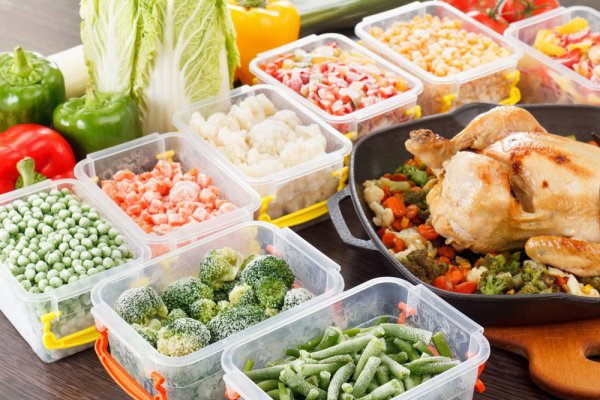


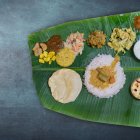

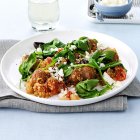

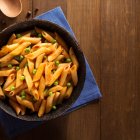





 Highlight the Best Facets of Your Incomparable Beauty: Discover the Best Face Highlighter Currently Available in India and Everything You Need to Know About Using Face Highlighters for Maximum Effect (2023)
Highlight the Best Facets of Your Incomparable Beauty: Discover the Best Face Highlighter Currently Available in India and Everything You Need to Know About Using Face Highlighters for Maximum Effect (2023)
 Forget the Blemishes and Get that Picture Perfect Flawless Radiance on Your Face: Check out the Best Foundations for Oily Skin Currently Available in India and Everything You Need to Know About Makeup Foundations (2023)
Forget the Blemishes and Get that Picture Perfect Flawless Radiance on Your Face: Check out the Best Foundations for Oily Skin Currently Available in India and Everything You Need to Know About Makeup Foundations (2023)
 Make Your Presence Felt Wherever You Go: Discover the Best Perfumes Under 2000 for Both Men and Women to Announce Your Arrival and Make Any Occasion Memorable (2023)
Make Your Presence Felt Wherever You Go: Discover the Best Perfumes Under 2000 for Both Men and Women to Announce Your Arrival and Make Any Occasion Memorable (2023)
 Protect Your Oily Skin from the Harmful Rays of the Sun: Discover the Best Gel Based Sunscreens for Oily Skin and Everything You Need to Know Before Buying One (2023)
Protect Your Oily Skin from the Harmful Rays of the Sun: Discover the Best Gel Based Sunscreens for Oily Skin and Everything You Need to Know Before Buying One (2023)
 Minor Blemishes and Wrinkles Affecting Your Confidence? Check out the Best BB Creams to Conceal Your Worries and Nourish Your Skin to Restore the Healthy, Radiant and Glowing Complexion Back Again (2023)
Minor Blemishes and Wrinkles Affecting Your Confidence? Check out the Best BB Creams to Conceal Your Worries and Nourish Your Skin to Restore the Healthy, Radiant and Glowing Complexion Back Again (2023)
